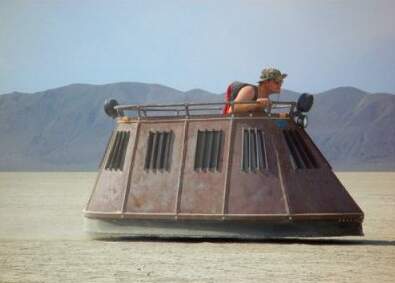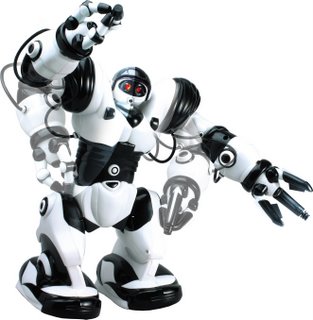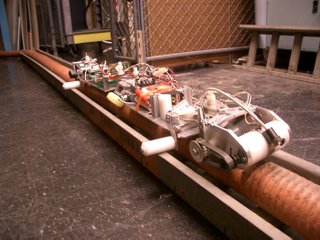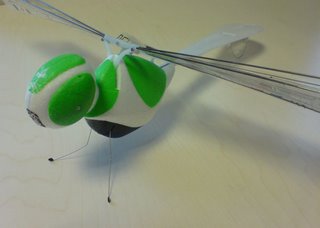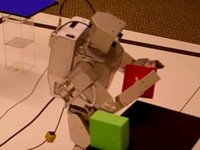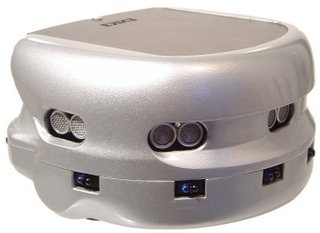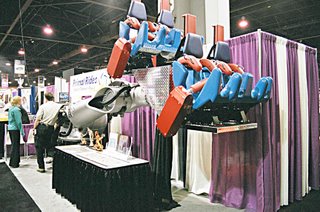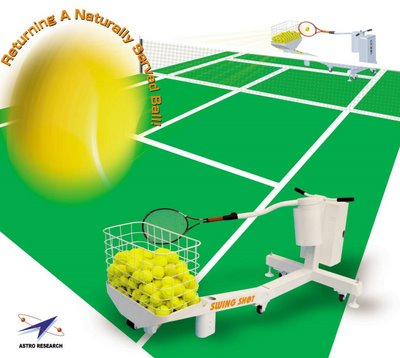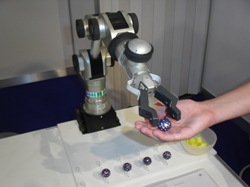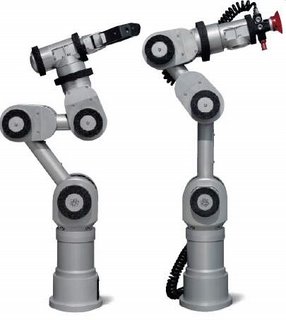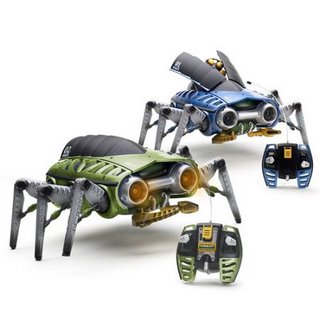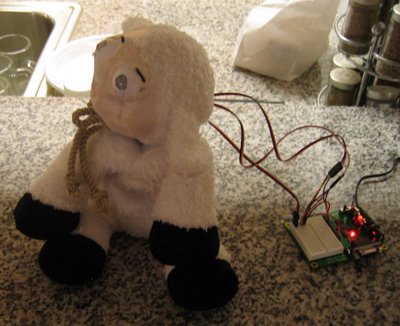Microsoft released their
Robotics Studio Software yesterday. The robotics software, which was
announced back in June, is a complete development environment for robots. It includes a visual programming language, a 3-D virtual simulation environment and a runtime framework for interfacing with all kinds of hardware.
The software is free for hobbyists, experimenters and students and costs $399 for those wanting to use it commercially. Download it
here.
Microsoft hopes that their software will become the heart and soul of future robots just as DOS and Windows launched the revolution in desktop computers.
The software has gained enthusiastic support since the beta release in June. It is already in use by many, many companies, schools and roboticists.
For just one example, research lab
SRI International announced yesterday that they are creating robot localization, navigation and mapping software with MS Robotics Studio. SRI's software will give autonomous robots the ability to know where they are, map-out where they want to go and how to get there.
It has already been used with iRobot, Lego and
others.
Will robots become as dependent on Microsoft software as PC's are now? It is a possibility.
Will we become as dependent on robots as we are on computers?
Probably.
The
Robot Gossip Contest 1 to identify the turning point - when we become dependent on robots -
is still open.
One reader, JakeH, has pointed out that the semiconductor manufacturing industry is already dependent on robots. His observation is appreciated but I still think society as a whole can survive without them for now.
It will not be long though before control some very necessary part of our lives so that without them civilization as we know it would crumble.
We will see signs of this in legislation that will set standards of reliability or define liabilities for failures of a robot.
Microsoft Robotics Studio Now Available to Provide Common Development Platform: More than 30 vendors offer support for creating broad range of innovative robotics applications.
